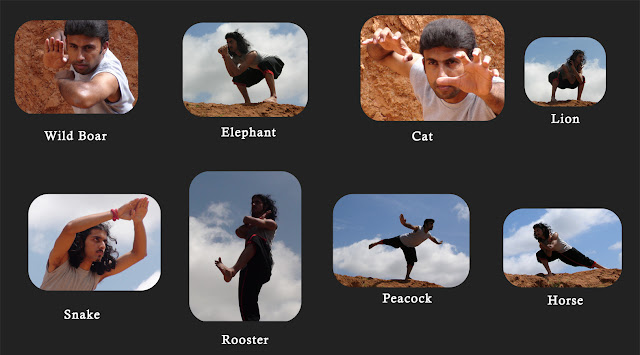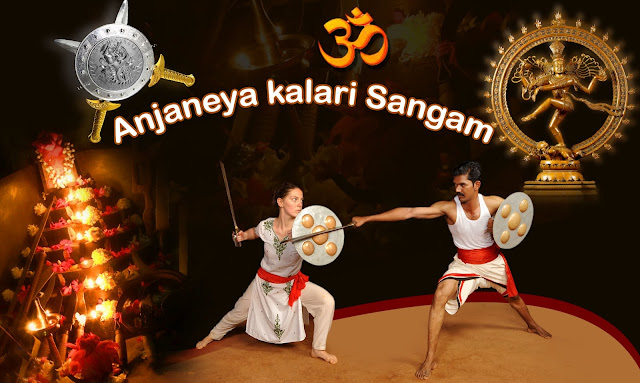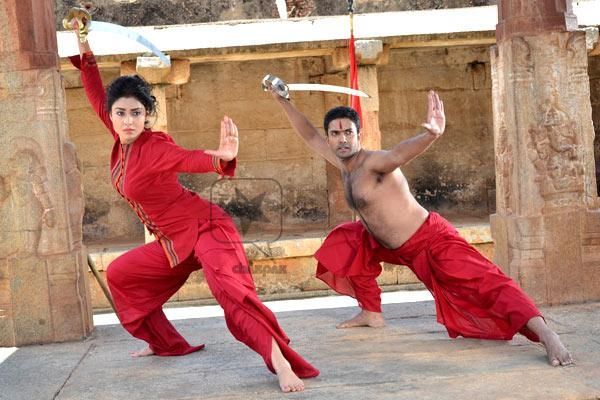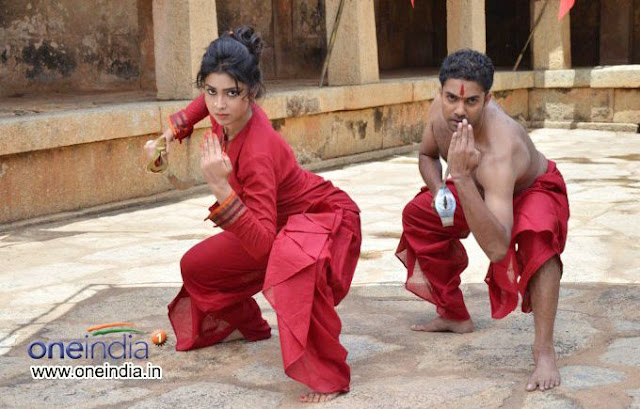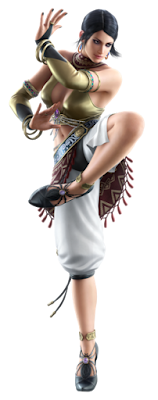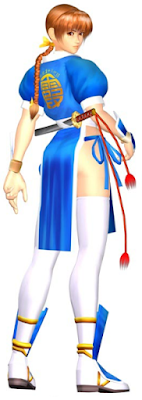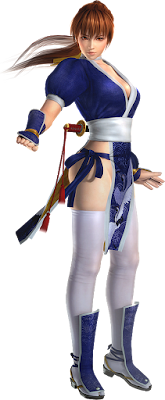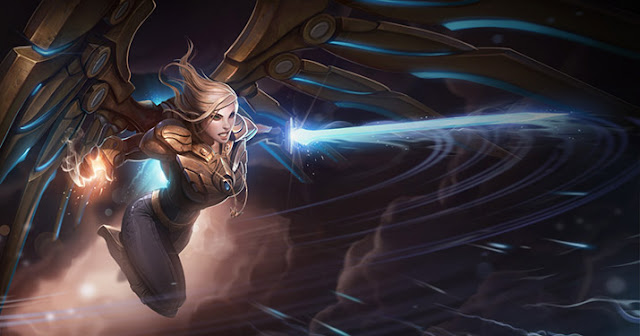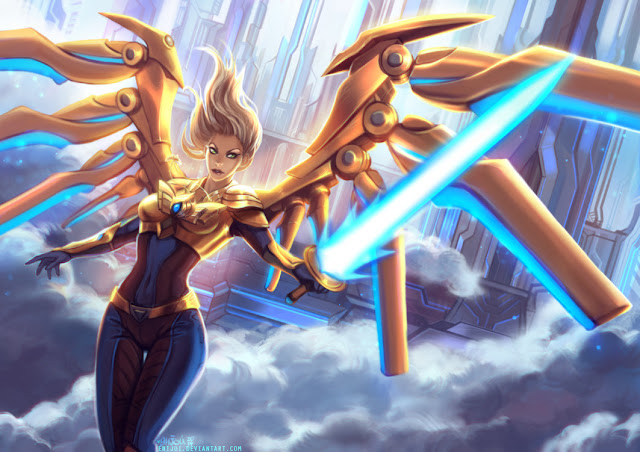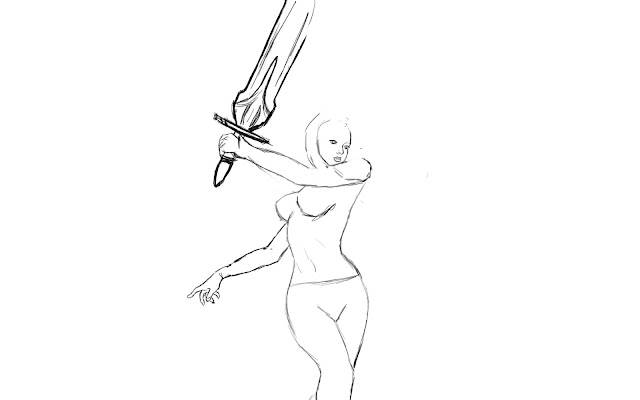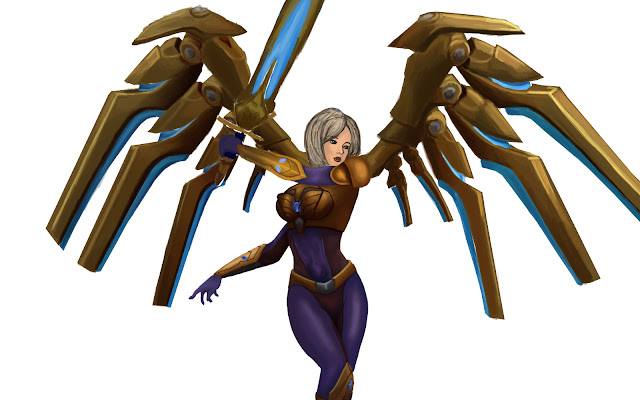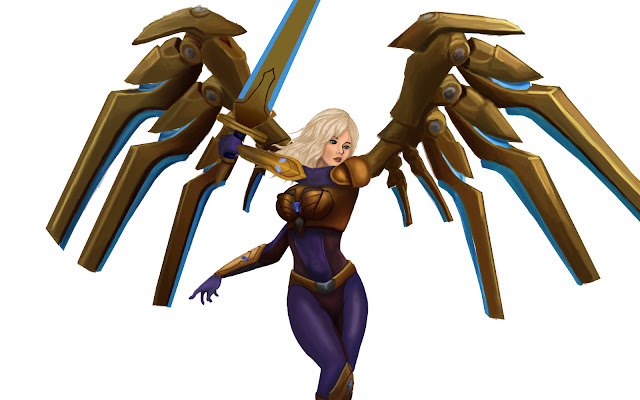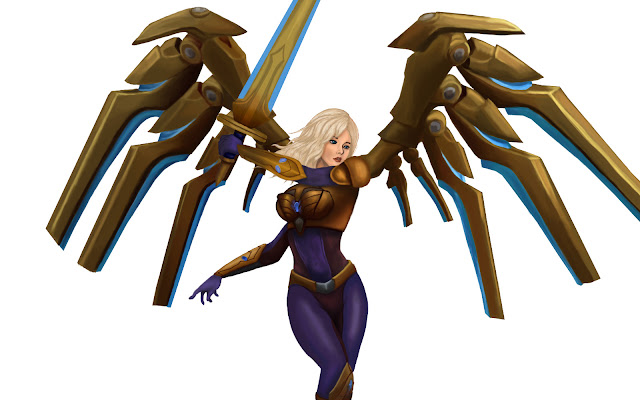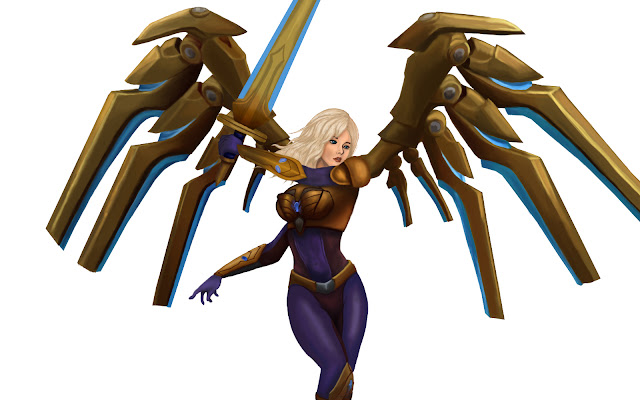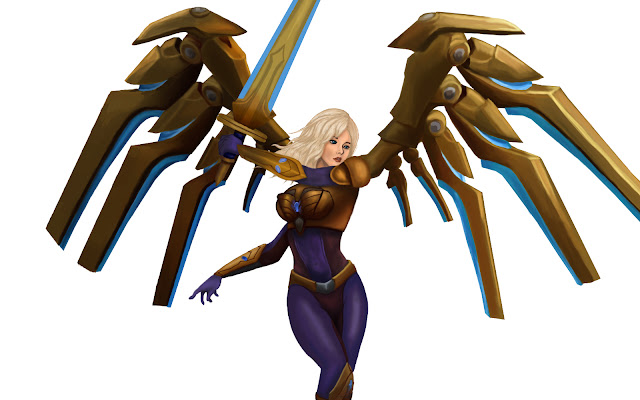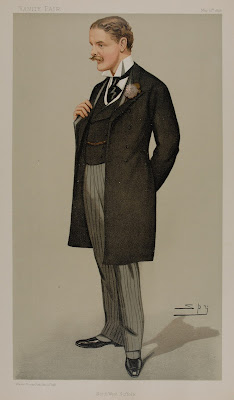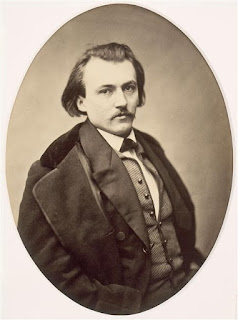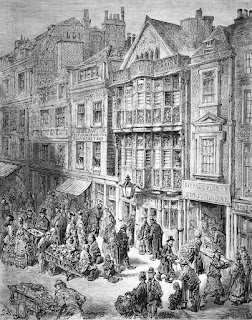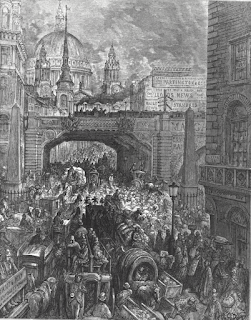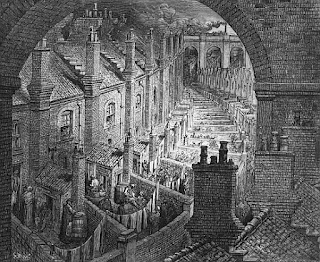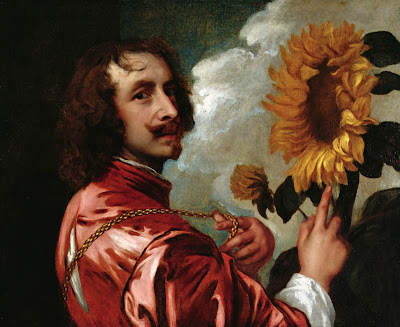I planned to do some character designs for a fighting game, as I thought this would be a good place to start, as there aren't typically any complicated costume designs. Then I would work my way up, designing characters for First Person Shooters and RPGs or MOBAs.
What I have found is that most of the fighting games that I know and am familiar with are Japanese, and because of this, the character design reflects the origin. For example, many of the characters are Asian in origin, wearing traditional clothing, be it Chinese or Japanese, however a few are American or European. This is interesting as there is quite a decent mix of character design, however they are sometimes quite stereotypical. I will illustrate this point by using the Dead or Alive series as an example of stereotypical character design.
Below is Kasumi, who is perhaps the face of the Dead or Alive series. The two pictures are from DoA 2 and 5, showing her original costume design, which is a modernised take on a female ninja costume. Ninja's back in the day used to perhaps wear typical clothing, so as not to attract attention to themselves. For example, they would the clothing of a house maid or something of the sort. Males would sometimes dress as monks as well.
Here are costumes for Kasumi and Ayane which are influenced more by typical ninja depictions.
This is Ayane's original costume, which seems to feature the Japanese Obi with a large bow, keeping it rooted in Japanese origins.
Below is the Chinese character Lei Fang who is typically seen wearing a Chinese dress known as a cheongsam.
Helena is of French origin and she is an opera singer which is why her costumes are a little more theatrical or somewhat elegant, and seem to take some inspiration from French couture as well as opera costumes. Her hair and eye colour also reflect that she is not of Asian origin.
Below is Bass who is an American wrestler, apparently based off of Hulk Hogan. His build is very different from the other males in the series, being a lot bigger and muscular than them. His clothing is also reflective of who he is, as he wears many wrestling themed outfits and also almost biker-esque costumes as well.

I chose to look at the Dead or Alive series to see how they approached character design in general, as well as how they went about portraying different characters from around the world, as many game series' do, however I feel that DoA does it a little more explicitly, playing on stereotypes to make sure their nationality is communicated, as well as making them stand out from each other and other game characters. I hope I can take this as an example that just because a game is developed in a certain country it does not mean that it cannot depict characters from all over the world. I hope to be able to take this and create a variety of characters exhibiting different personalities as well as costumes that suggest where they are from.










